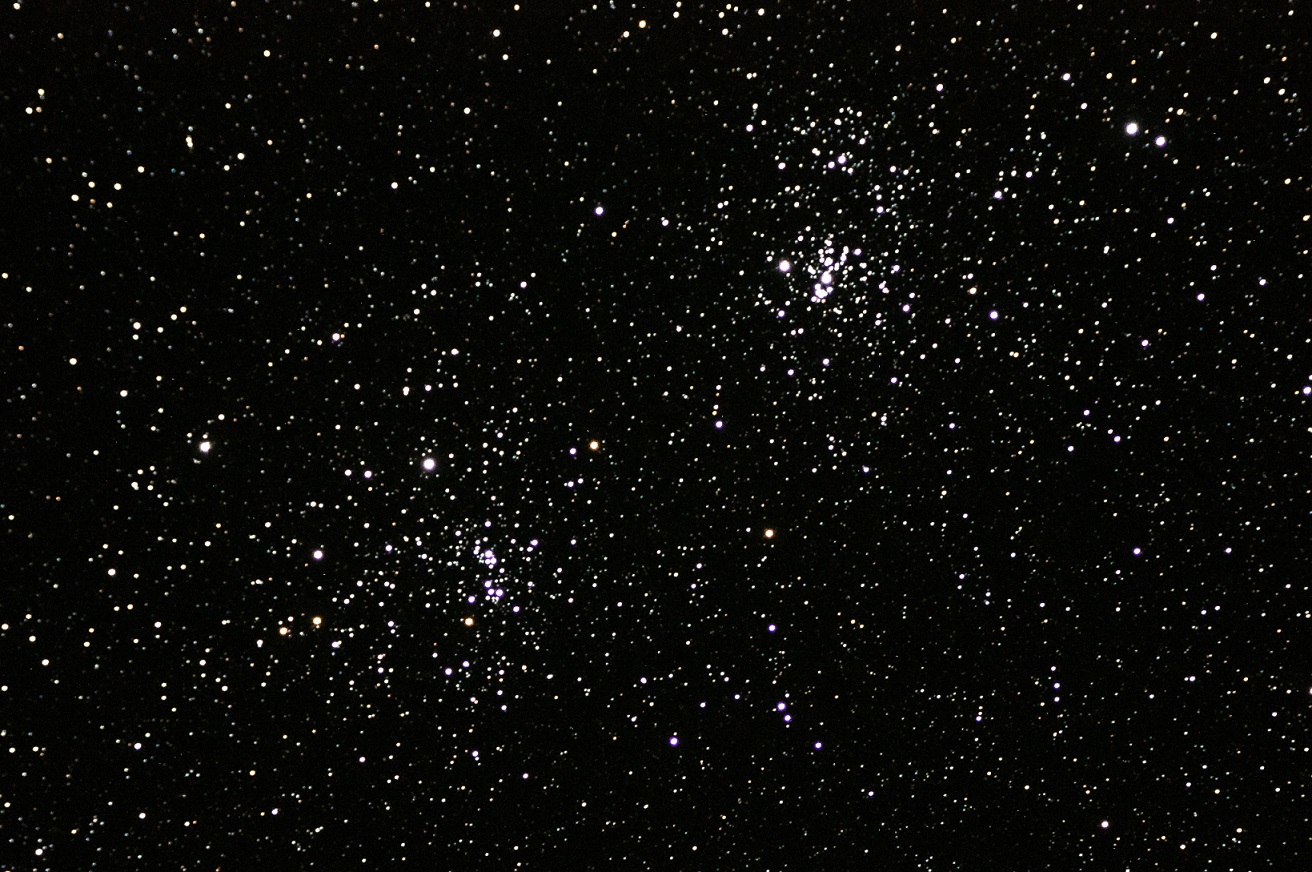

It's not over until it's a Nova!07/08/2024
Corona Borealis- the northern crown. A curve in the sky consisting of 7 stars, the brightest of which being Alphecca, this small constellation may be one which you have missed in the past, but it’s worth finding and keeping an eye on this year for the opportunity to see a once-in-lifetime astronomical event- a nova.
It is likely that you are more aware of supernovae, and if this is the case you may be asking why we care about an event that is less “super”. My instinct when I was first presented with these terms was that supernovae were the brighter and more spectacular events, and that a nova would just be the same but smaller, this isn’t quite right. Really, it’s more a matter of life and death. Literally. A supernova destroys its progenitor star, whereas with a nova the star will brighten for a period before returning to normality. With the star persisting this presents the opportunity for a repeat performance- a recurrence.
Such a recurrent nova is what we are waiting on with T Coronae Borealis, also known as the “Blaze Star”. This recurrent nova has a historically observed period of about 80 years, and it was last seen in 1946. Preceding the 1946 nova, astronomers observed a period of dimming that is comparable to what we are seeing at the moment. This seems to suggest that we may expect the star to blaze again soon, potentially even this month!

Predicting astronomical phenomena is a tricky thing, nothing is ever certain. Indeed, for all our excitement, T Coronae Borealis may do nothing special at all. But if it does go nova, what you should expect to see is a new star in the position pictured below:

The first recorded observation of this star in a nova state was on the 12th May 1866 by John Birmingham, an Irish astronomer who wrote: “In size, it was at least equal to α Coronae and decidedly more brilliant…. In colour the star appeared nearly white with a bluish tinge”.
Following its appearance, we expect the star to return to normality over a few weeks. The light curve below shows how the magnitude diminished in 1946 and 1866

So what exactly causes these stars to flare up? A nova occurs in binary systems where you have a white dwarf star in proximity to a larger companion. If they orbit close enough then the white dwarf star can start to steal matter from its companion in a process known as accretion. In this way the white dwarf star gains an atmosphere, usually of hydrogen. As this gets denser and is heated by the star below, it will eventually reach a critical temperature causing the ignition of fusion. The energy output by this is what results in the star seeming to flare up as the atmosphere is expelled.
A recurrent nova star will then return to feeding on its companion to restore its lost atmosphere, until the whole thing happens again. Should the star be destroyed, we have what is referred to as type 1a supernova instead.
We hope that you will join those of us at the Observatory in watching Corona Borealis with bated breath in the next few months. If we see anything, you will be the first to know!
















